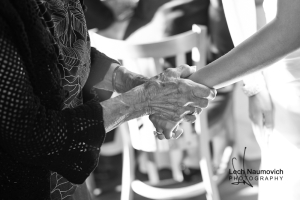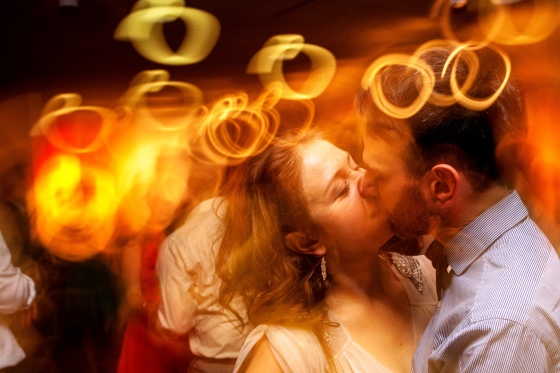 I often look to the internet for inspiration. I’ll have a quick minute as I’m brainstorming a project and look to my favorite places for both new photographers and techniques, as well as our predecessors.
I often look to the internet for inspiration. I’ll have a quick minute as I’m brainstorming a project and look to my favorite places for both new photographers and techniques, as well as our predecessors.
In July, I read an interesting interview of Annie Leibovitz recently found in Fast Company magazine. It was brief and certainly didn’t allow for her to expound on her ideas, but the brevity inspired me to think a little more (NOTE TO FAST COMPANY: Annie has experienced such an incredibly complex life with huge leaps and bounds in inspiration and style, so this was an amazing opportunity spoiled by going, well, too Fast). She was critical in watering the seed of a nascent Rolling Stone Magazine with images – like John and Yoko lying in bed (note: gut wrenching story behind it), pics of the Stones proper, and this one I just love of Willie Nelson – perfection.
Her comment about the future of photography was immediately intriguing: it was directly, and necessarily linked to age-old human actions. She observed that “photography came along long before we had the equipment”… “In this day and age of things moving so, so fast, we still long for things to stop, and we as a society love the still image. Every time there is some terrible or great moment, we remember the stills.” (there’s also a link to an interesting New Republic article she cites on this topic). After a bit of thinking, this seemed like a semantics hiccup that “photography came long before the equipment”. But that wasn’t right, and then from semantics I transitioned into thinking about how we use words to construct precise descriptions. Specific, technical words (aka jargon) help us simplify things in a non ambiguous manner. “Photography” is her word for imprinted image – whether physical or simply a memory. I had narrowed it to “camera photography” incorrectly. And then I went one step further in my digression and came to this idea – spurred by the brief Leibovitz interview): Photography is the ultimate process of distillation: One shot – one critical frame. People will always treasure simplicity.
 There’s an organic beauty in simplicity when an artist effectively extracts a two-dimensional image out of a 4 dimensional world. There are so many recipes one can use in this distillation process – depth of field, background, lighting, time of exposure, emotion: additionally confounding is that they are all the right recipe (for the appropriate epicures, of course). And this expansive/infinite cookbook, is one reason why I believe that three-dimensional photography will take a while until it catches fire. We need to become accustomed and even “bored” with 2D photos and then familiarize ourselves with the idea of a three dimensions in a still image, which can add additional distraction and interfere with the already complex distillation process.
There’s an organic beauty in simplicity when an artist effectively extracts a two-dimensional image out of a 4 dimensional world. There are so many recipes one can use in this distillation process – depth of field, background, lighting, time of exposure, emotion: additionally confounding is that they are all the right recipe (for the appropriate epicures, of course). And this expansive/infinite cookbook, is one reason why I believe that three-dimensional photography will take a while until it catches fire. We need to become accustomed and even “bored” with 2D photos and then familiarize ourselves with the idea of a three dimensions in a still image, which can add additional distraction and interfere with the already complex distillation process.
I’m not bored with 2D yet – or in fact – 3D – like the opening star trails photo (which has an x, y and time axis all in the same 2D space). I think of the process of collapsing multiple moments of time into one still moment (image). Like the lights of spinning world behind a unique, fast moment. Photos offer both clarification of that 2D world, while also offering some mind-blowing insights into compressing a 4D world in 3D.


Love the star trails and your thoughts on the future of photography, with me I am still learning as I go and as things speed up it becomes a little frustrating !!
Bernie – you have a truly fantastic eye and some OUTSTANDING images – I especially love the iris here: http://sindianavisions.files.wordpress.com/2013/07/gsmnp-2013-dwarf-crested-iris-1.jpg You’re very inspiring – Lech
lovely shot… 🙂
Thanks GK – I appreciate it!